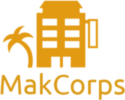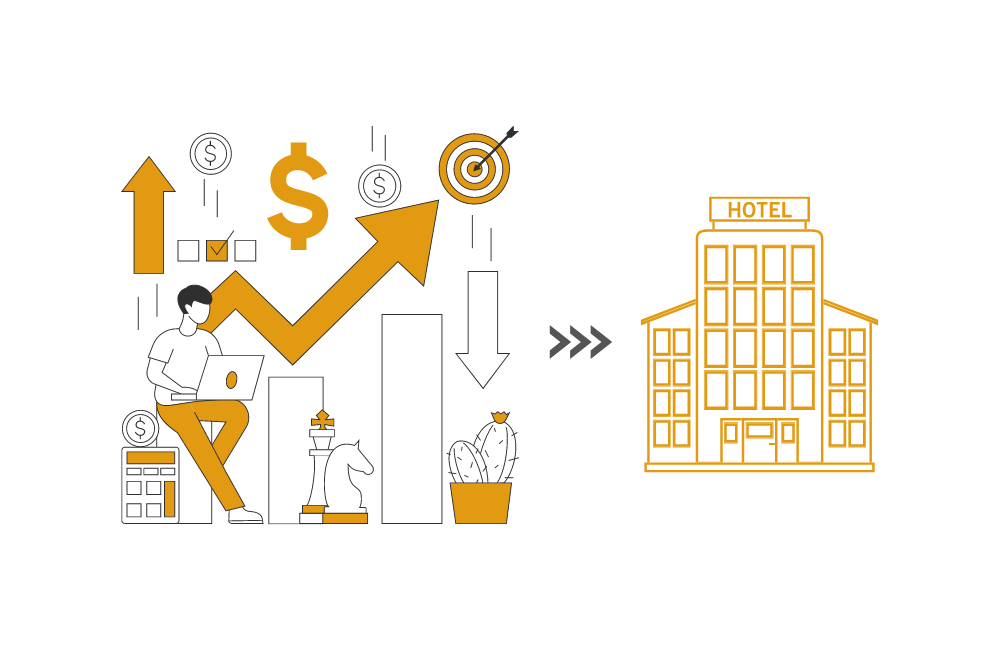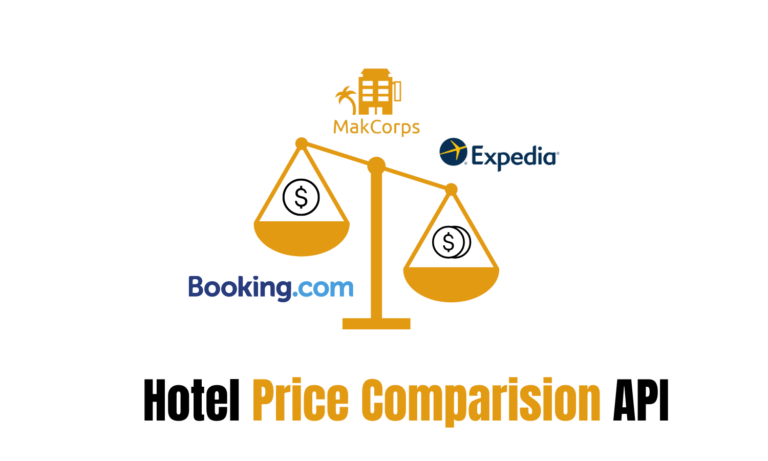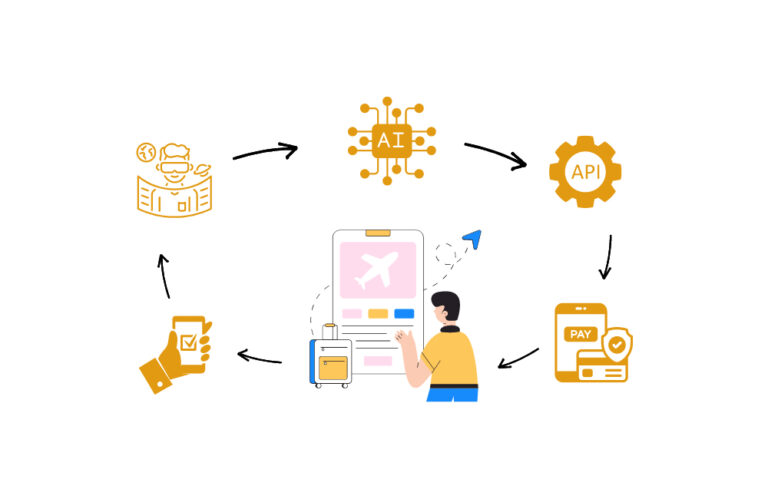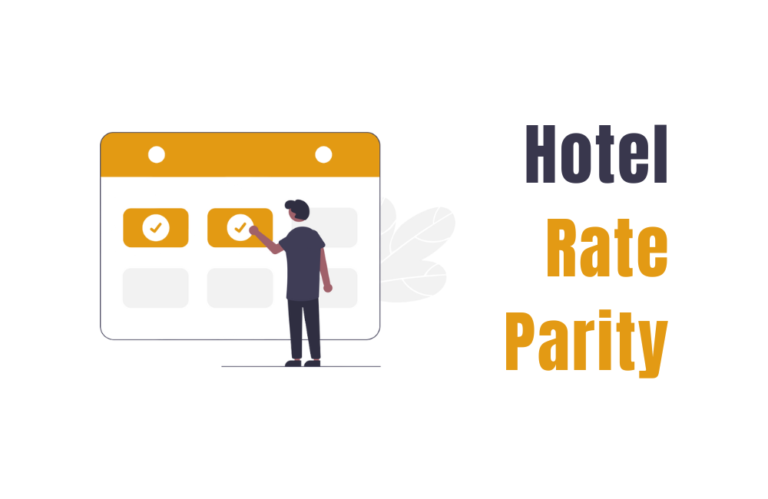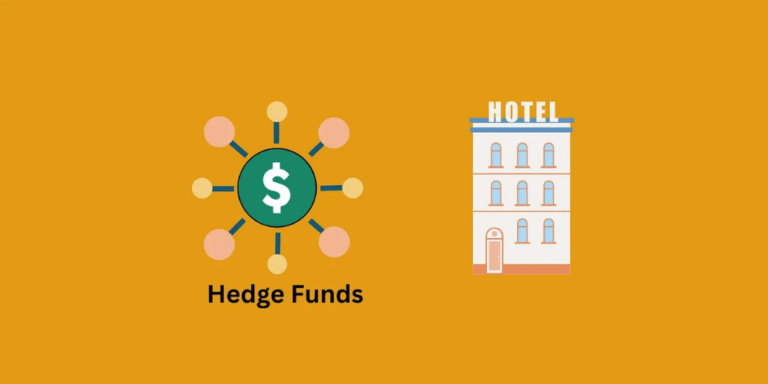Open Pricing Strategy For Maximizing Hotel Revenue
Want to boost your hotel’s revenue and leave outdated pricing methods behind?
Open Pricing can help you do that—this strategy is a game-changer for hotels that want to tap into every booking’s revenue potential. This flexible approach means no more one-size-fits-all rates or outdated seasonal pricing. Instead, Open Pricing lets you adjust rates based on real-time demand, guest segments, and booking windows. It’s all about setting the right price for the right guest, at the right time.
Here’s why it matters: Open pricing strategy allows you to optimize room rates to boost profitability, even during low-demand periods. Imagine being able to adjust your prices not just seasonally, but daily or even hourly, responding to exactly what the market wants. This is what gives hotels like yours the power to respond to trends as they happen.
Let’s read further to understand more about open pricing strategy, benefits, and implementation.
What is an Open Pricing Strategy?
In simple words, Open Pricing is a flexible approach that allows hotels to adjust room rates dynamically based on various factors such as demand, room type, and customer segment. Unlike traditional methods that use fixed rates, open pricing allows hotels to set different prices for different channels and guest types.
The goal is to optimize revenue by offering the right price at the right time through catering to a wider audience and maximizing booking opportunities.
How it is Different From BAR
Open Pricing and Best Available Rate (BAR) are two key strategies for setting hotel room prices, but they work differently.
Open Pricing is flexible, adjusting room rates in real-time based on demand, customer preferences, and market conditions. This means hotels can change prices frequently to maximize revenue and offer different rates depending on factors like booking time and guest type.
On the other hand, BAR is more stable, setting a consistent minimum price that doesn’t fluctuate as much with demand. It guarantees a base rate but may not always capture the best possible revenue during high-demand periods.
The main difference lies in flexibility: Open Pricing can tailor rates to maximize income, while BAR maintains a steady rate. For hoteliers, choosing between these strategies depends on the market and customer base.
Open Pricing offers the advantage of dynamic adjustments that can potentially increase revenue by responding to real-time market changes. In contrast, BAR provides consistency and simplicity.
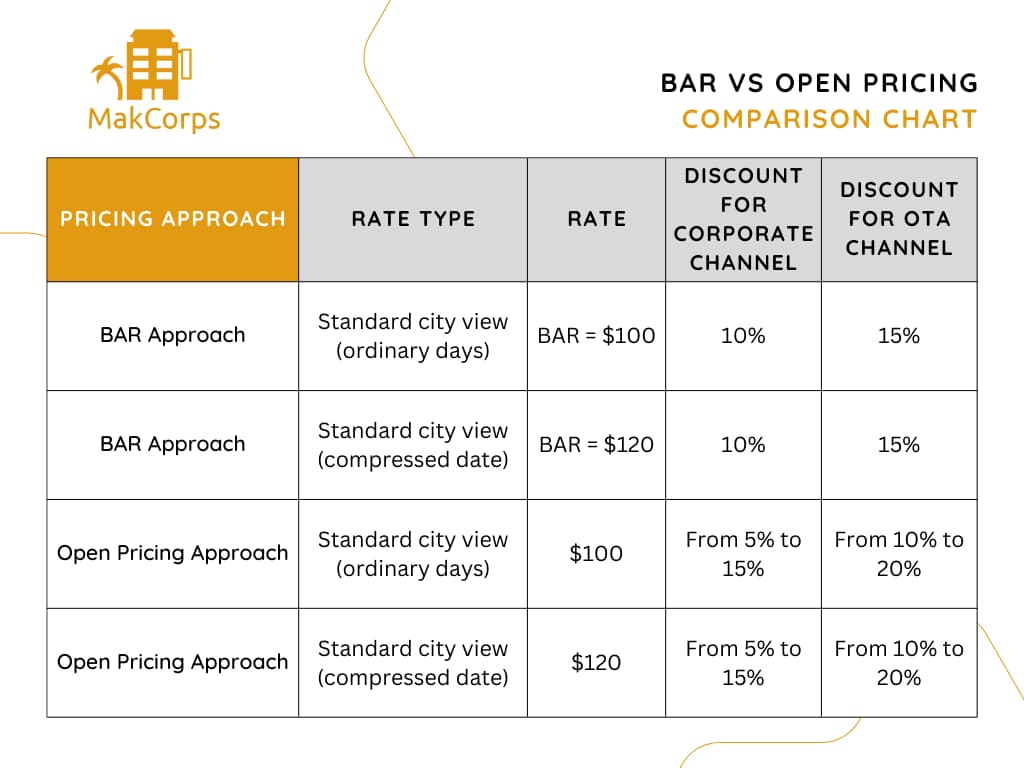
As you can see in the above table, the BAR approach maintains a fixed rate for different types of room views and dates, with consistent discounts across corporate and OTA channels. This consistency can simplify booking and revenue management for the hotel but may not always maximize revenue or occupancy during varying demand periods.
In contrast, the Open Pricing approach offers more flexibility in the discounts provided, which can vary from 5% to 10% for corporate clients and from 10% to 20% for OTA channels based on factors such as demand, booking volume or specific negotiations with corporate clients or OTAs. This flexibility allows hotels to dynamically adjust their pricing in response to market conditions which potentially leads to several benefits.
Benefits of Open Pricing Strategies
Higher Occupancy
By adjusting rates more responsively, hotels can reduce prices during low-demand periods to attract more bookings, and increase prices during high-demand periods to maximize revenue. This can help maintain higher occupancy rates throughout different seasons or economic conditions.
Maximizing Revenue
Open pricing helps hotels set rates based on demand and customer segments, which enables them to capture a broader range of price points. During high-demand periods, hotels can increase prices for popular room types, while offering competitive rates during quieter times to attract more guests that leads to a boost in revenue.
Improved Inventory Management
With open pricing, hotels can better manage their room availability and pricing. This approach allows for more precise control over room rates based on current demand. For example, if a certain room type is in high demand, the hotel can increase its rate for the most demanded rooms and offer discounts on less popular rooms. This flexibility leads to more efficient use of inventory and reduces the risk of unsold rooms.
Increased Market Responsiveness
Open pricing allows hotels to quickly adjust their rates based on real-time data, such as competitor prices and market trends. This ability to respond swiftly to market changes helps hotels stay competitive. Additionally, open pricing also allows hotels to offer personalized rates that can enhance guest satisfaction and build loyalty. For instance, a hotel may offer special rates for loyal customers or adjust prices based on booking patterns.
Revenue Optimization
Open Pricing enables hotels to continuously optimize their pricing strategy based on real-time data and analytics. This can lead to higher revenue per available room (RevPAR) as hotels can capture the maximum price the market is willing to pay at any given time.
Competitive Advantage
With the ability to adjust prices according to market conditions, hotels can stay competitive more effectively. They can offer better rates compared to competitors stuck with rigid pricing models that helps in attracting price-sensitive customers.
Customer Satisfaction
Flexible pricing can also lead to better customer satisfaction. Guests who feel they are getting a fair price based on current demand and market conditions are likely to have a better perception of the hotel’s value proposition.
Strategic Discounting
The ability to vary discounts for different channels enables hotels to target specific segments more effectively. For instance, deeper discounts might be offered through OTA channels during a slow season to reach a broader audience, while corporate discounts could be adjusted to attract business travelers during the weekk.
After exploring the significant advantages of the open pricing strategy for your hotel, you might be eager to learn more about this approach. However, it’s important to consider the challenges as well. Familiarize yourself with these potential obstacles to ensure you are fully prepared to implement this strategy effectively.
Challenges of Implementing Open Pricing
Technological and Resource Requirements: Implementing open pricing in hotels requires advanced technology and data analytics tools. These tools help monitor market conditions and adjust pricing in real-time. However, the complexity of setting up such systems is not easy. Arranging such systems needs specialized staff or training programs to manage these systems effectively.
Change Management: Hotels face problems in switching from traditional pricing models to open pricing. This is the reason hotel managers often rely on familiar legacy systems which makes the transition to open pricing a significant shift. This change is even harder to make in the organization when existing systems are deeply entrenched in daily operations.
Continuous Monitoring: Open pricing demands constant data analysis and current competitors and market price monitoring. This is essential to make informed pricing decisions that maximize revenue. However, without adequate automation, this process can become labor-intensive. Hotels must invest in reliable data sources and tools to streamline this process.
How to Implement an Open Pricing Strategy
1. Data and Technology Setup
Data Collection: Start by gathering comprehensive data on your customers, sales, and competitor’s pricing. Knowing your guests’ preferences, booking patterns, and spending habits is crucial. This data will help you tailor your pricing to different segments to ensure you meet their needs while offering them competitive pricing and maximizing revenue.
Technology Setup: Equip your team with the right tools. This includes property management systems (PMS), revenue management systems (RMS), channel managers, and hotel rate shopping tools for accurate real-time data. With these technologies you can make price adjustments based on demand, competitor rates, and market trends to keep our prices competitive and appealing.
Numerous Property Management Systems (PMS), Revenue Management Systems (RMS), and other tools exist to assist hoteliers with inventory and revenue management. However, market price intelligence remains critical for effectively implementing an open pricing strategy. Explore our API to access essential market pricing data and enhance your pricing decisions.
Get Price Comparision Data With Makcorps Hotel Price API:-
MakCorps Hotel Price API provides real-time pricing data from over 200 online travel agencies and hotel chains. This tool is essential for monitoring competitor prices and identifying market trends. Beyond competitive insights, the API offers detailed information on amenities and allows for custom searches by budget and currency, among other features.
Why Choose MakCorps API?
- Comprehensive Market Analysis: Gain a broad perspective on market pricing, which is crucial for optimizing your rates and increasing bookings.
- Competitor Insights: Keep tabs on your competitors’ rates to find the best opportunities to adjust your pricing, particularly during peak periods and events.
- Informed Decision-Making: Access to real-time, JSON-formatted data enables you to make swift, data-driven decisions that enhance your hotel revenue management strategies.
Leveraging the MakCorps API effectively allows hotels to adopt dynamic pricing strategies, ensuring they remain competitive and responsive to market changes. This adaptability is key to maximizing occupancy rates and boosting overall revenue.
2. Develop the Pricing Strategy
Clearly define your goals: Whether it’s increasing occupancy during off-peak seasons or maximizing revenue during peak times, your objectives should be specific and measurable. Align these goals with your overall business strategy to ensure coherence and focus.
Create Flexible Price Models: Explore different hotel pricing models. Consider tiered pricing, where you offer varying prices based on room types or booking conditions. Alternatively, try a pay-what-you-want model for special offers or packages. The key is flexibility so that you can adjust your prices to reflect demand, special events, and market conditions.
3. Test the Pricing Strategy
Test Run: Before fully implementing your strategy, test it on a small scale. This could be a particular room type or a specific period. Monitor the results closely, looking at metrics like booking rates, revenue per available room (RevPAR), and customer feedback. This testing phase helps you fine-tune your approach and identify potential issues.
4. Analyzing Results and Scaling
After the test run, evaluate the outcomes using key performance indicators (KPIs). Did your pricing adjustments increase bookings? How did they impact revenue? Use this data to refine your strategy. Look for patterns and insights that can inform your broader pricing approach.
Once confident in your strategy, roll it out across more room types or the entire property. Maintain flexibility and continue monitoring your KPIs. The goal is to find a balance that maximizes revenue while keeping your guests satisfied.
5. Continue Monitor and Adjust Accordingly
The market is always changing, and so should your pricing strategy. Regularly review market trends, competitor pricing, and customer feedback. Adjust your prices accordingly to stay competitive and responsive to your guest’s needs. Remember, the key to successful open pricing is flexibility and responsiveness.
Conclusion
Implementing an open pricing strategy provides hotels with a powerful tool for optimizing revenue.
By adjusting room rates in response to real-time demand, hotels can capture more revenue opportunities and cater to diverse customer needs. This flexible approach allows for better alignment with market trends and guest expectations which ultimately leads to increased profitability and guest satisfaction.
For hoteliers and managers eager to refine their pricing strategies, open pricing offers a versatile and effective solution.
So, leverage open pricing strategies today and experience the benefits.
